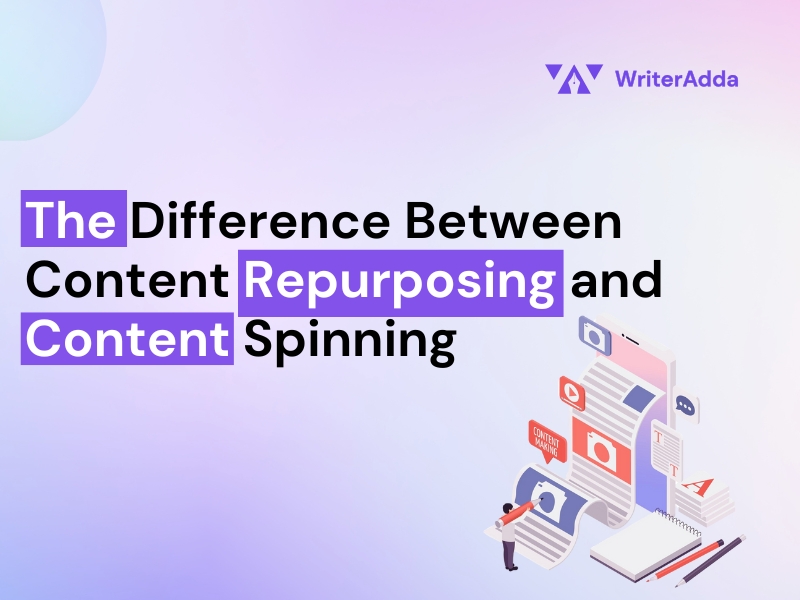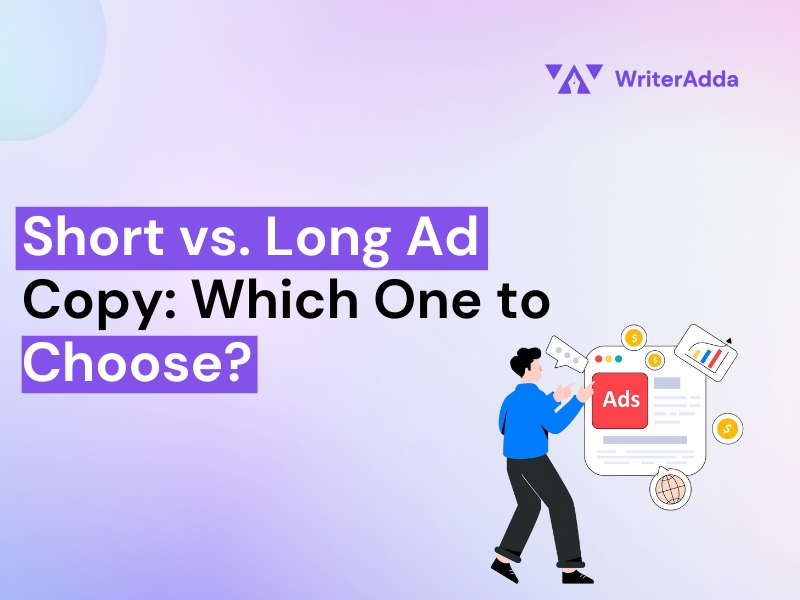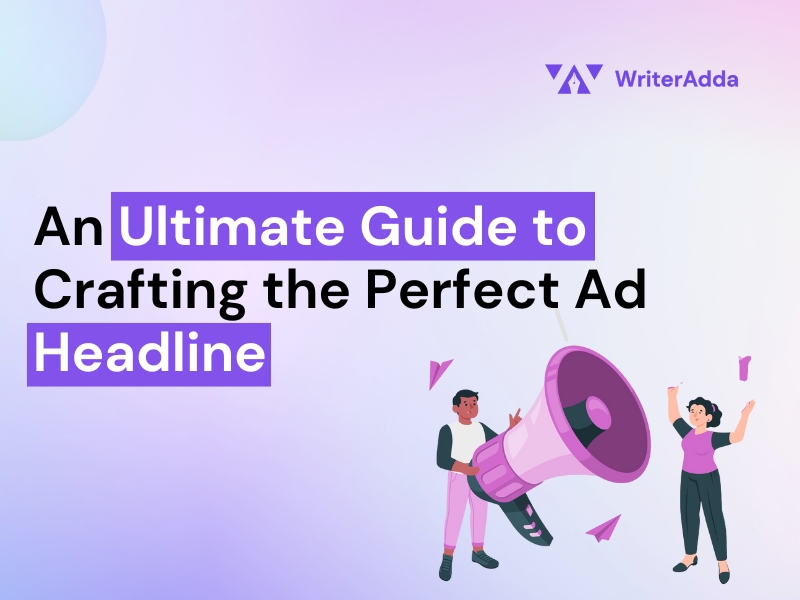In the digital age, content is a powerful tool for communication, marketing, and engagement. However, with the need for fresh and relevant material, content creators and marketers often explore strategies to maximize the value of their work. Two common approaches are content repurposing and content spinning. While both methods involve reusing existing content, they differ significantly in their purpose, execution, and impact. Content repurposing focuses on creatively adapting and transforming content into various formats to reach different audiences or platforms.
On the other hand, content spinning emphasizes generating multiple versions of content by altering words and phrases, often prioritizing quantity over quality. Understanding the distinctions between these strategies is crucial for choosing the right approach that aligns with your goals, whether they are audience engagement, brand consistency, or SEO optimization. In this article, we will embark on the journey between content repurposing vs content spinning.
-
What is Content Repurposing?
Content repurposing is the process of taking existing content and transforming it into different formats, adapting it for new audiences, or updating it to keep it relevant. The core idea behind content repurposing is to maximize the value and reach of a piece of content by giving it new life in other forms. Instead of creating entirely new content from scratch, you leverage the key ideas, insights, or data from one piece and present it in various ways, making it accessible across different platforms and formats.
How to Repurpose Content:
The primary goals of content repurposing are:
Maximizing Value: Extracting more value from existing content to ensure it serves multiple purposes.
Expanding Reach: Reaching different audience segments who prefer consuming content in various formats.
Improving SEO: Providing multiple entry points for search engines to index content, enhancing visibility.
Reinforcing Messaging: Consistently conveying the brand’s message across different platforms and formats.
Methods:
There are numerous ways to repurpose content, including:
Blog Posts to Infographics: Transforming detailed blog posts into visually appealing infographics that can be easily shared on social media.
Articles to Videos: Converting articles into video scripts and producing engaging videos for platforms like YouTube and Instagram.
Blog Series to E-book: Compiling a series of related blog posts into a comprehensive e-book or whitepaper.
Webinars to Blog Posts: Breaking down webinar content into multiple blog posts that delve into specific topics discussed during the webinar.
Podcasts to Transcripts: Transcribing podcast episodes into text format for blog posts or downloadable transcripts.
Social Media Posts to Blog Summaries: Using a collection of social media updates to create a summary or highlight post for the blog.
Benefits of Content Repurposing:
Content repurposing offers several advantages:
Resource Efficiency: Efficient in maximizing existing content’s use without compromising quality. It requires creative effort to transform content into different formats but ensures long-term value.
Consistency: Helps maintain a consistent message across various platforms, reinforcing the brand’s voice and values.
Engagement: Engages audiences with different content preferences, increasing overall audience engagement.
SEO Boost: Positively impacts SEO by providing multiple entry points for search engines to index content, thereby improving visibility. It supports a diverse content strategy that can attract more organic traffic.
Versatility: Adapts content to fit different platforms and formats, making it more versatile and accessible.
Audience Engagement: Enhances audience engagement by presenting content in formats that cater to different preferences, such as visual learners (infographics) or auditory learners (podcasts). This can lead to higher engagement and a better user experience.
Ethical Considerations: Generally seen as an ethical practice, it involves adding value and providing valuable information in various formats. It enhances the user experience and supports a consistent brand message.
-
What is Content Spinning?
Content spinning is a technique used to generate multiple versions of a piece of content by rewriting it, typically using automated tools or software. The goal is to create “unique” variations of the original content by changing words, phrases, or sentence structures while retaining the same basic meaning. Content spinning is commonly used in search engine optimization (SEO) strategies, where the objective is to produce numerous versions of content that can be published across different websites to avoid duplicate content penalties and to boost search rankings.
Purpose:
The main objectives of content spinning are:
Volume Production: Quickly creating numerous pieces of content.
SEO Manipulation: Attempting to manipulate search engine rankings by generating unique content variations.
Resource Efficiency: Minimizing the time and effort required to produce content.
Understanding content spinning tools:
Content spinning tools are software applications or online services designed to automatically rewrite or “spin” articles and other written content. The primary purpose of these tools is to generate multiple versions of a single piece of content by rephrasing sentences, changing word order, or substituting synonyms. This allows users to create various versions of the same article, which can be used for different purposes, such as SEO (Search Engine Optimization), content marketing, or avoiding plagiarism detection.
Content spinning is a marketing tactic that has generated controversy and is frequently linked to dangers about quality, search engine penalties, and ethical considerations. The possible drawbacks must be considered in addition to the positives, which might include resource efficiency and the development of new materials. While some of these dangers may be reduced by using content spinning carefully and ethically, companies should consider alternative content strategies that put quality and audience engagement first to succeed over the long run.
Content spinning methods:
Content spinning can be performed manually or using automated tools:
Manual Spinning: Rewriting each sentence or paragraph to create a new version of the content. This involves changing the structure of sentences, using synonyms, and altering phrasing while keeping the core message intact.
Automated Spinning: Using software or tools to replace words and phrases with synonyms or rephrase sentences automatically. These tools can quickly generate multiple variations of the content.
Risks of Content Spinning:
Content spinning carries several risks and potential downsides:
Quality Issues: Automated spinning often results in low-quality, unreadable, or nonsensical content, harming the brand’s reputation.
SEO Penalties: Search engines like Google can detect spun content and may penalize websites for producing duplicate or low-quality content, negatively impacting search rankings.
User Experience: Poorly spun content can deter readers, leading to higher bounce rates and lower engagement.
Ethical Concerns: Spinning is often seen as a manipulative tactic, which can be viewed as unethical and could damage the brand’s credibility.
Benefits (if done carefully and ethically):
While the risks often outweigh the benefits, content spinning can offer some advantages if approached carefully:
Unique Content Creation: Spinning can produce unique content that avoids duplication issues if done manually with a focus on quality.
Resource Savings: Reduces the need to create new content, saving time and resources.
Audience Engagement: This can negatively impact audience engagement if the spun content is poorly quality. Readers are less likely to engage with content that appears repetitive, unnatural, or difficult to understand.
SEO Boosts: Carries significant SEO risks, including the potential for duplicate content penalties. Search engines can detect spun content, which may lead to lower rankings or penalties for violating guidelines.
Resource Efficiency: Resource-efficient in quickly producing content, but this efficiency comes at the cost of quality and potential ethical issues. Automated spinning tools can save time but often lead to subpar results.
Examples:
Examples of content spinning include:
Article Variations: Taking a single article and creating several versions by rephrasing sentences and using synonyms manually or through a spinning tool.
Product Descriptions: Generating multiple unique descriptions for the same product across different e-commerce platforms or listings.
Ethical Considerations:
Often viewed as unethical, mainly when it results in poorly manipulated content. It can harm the brand’s credibility and reputation if perceived as spammy or manipulative.
Quality Over Quantity: Prioritizing the quality and readability of spun content to ensure it provides value to the reader.
Transparency: Being transparent about using content spinning and ensuring that the content remains valuable and informative.
Balancing Strategy: Using content spinning sparingly and in conjunction with other content strategies to maintain overall content quality.
Conclusion
In conclusion, content spinning and repurposing have different goals and techniques. Content repurposing aims to increase the visibility and longevity of superior content by converting it into different formats, boosting interaction, and aiding search engine optimization. Contrarily, content spinning puts quantity over quality, frequently leading to lower-quality material detrimental to search engine optimization and audience perception. To create content marketing strategies that are both ethical and successful, it is imperative to comprehend these fundamental contrasts.
Frequently Asked Questions
What is the primary purpose of content repurposing?
The primary purpose of content repurposing is to maximize the value and lifespan of existing content by presenting it in different formats to reach a broader audience and improve engagement.
What is the primary goal of content spinning?
The primary goal of content spinning is to quickly generate a large volume of content, often to manipulate search engine rankings or meet high content production quotas.
How does content repurposing impact content quality?
Content repurposing typically maintains or enhances the quality of the content by adapting it to suit different formats and audience preferences, ensuring it remains engaging and valuable.
How does content spinning affect content quality?
Content spinning can negatively impact content quality, especially when automated tools are used, resulting in low-quality, unreadable, or nonsensical content that offers little value to readers.
What are the SEO implications of content repurposing?
Content repurposing positively impacts SEO by creating multiple entry points for search engines to index the content, improving visibility, and attracting more organic traffic.




